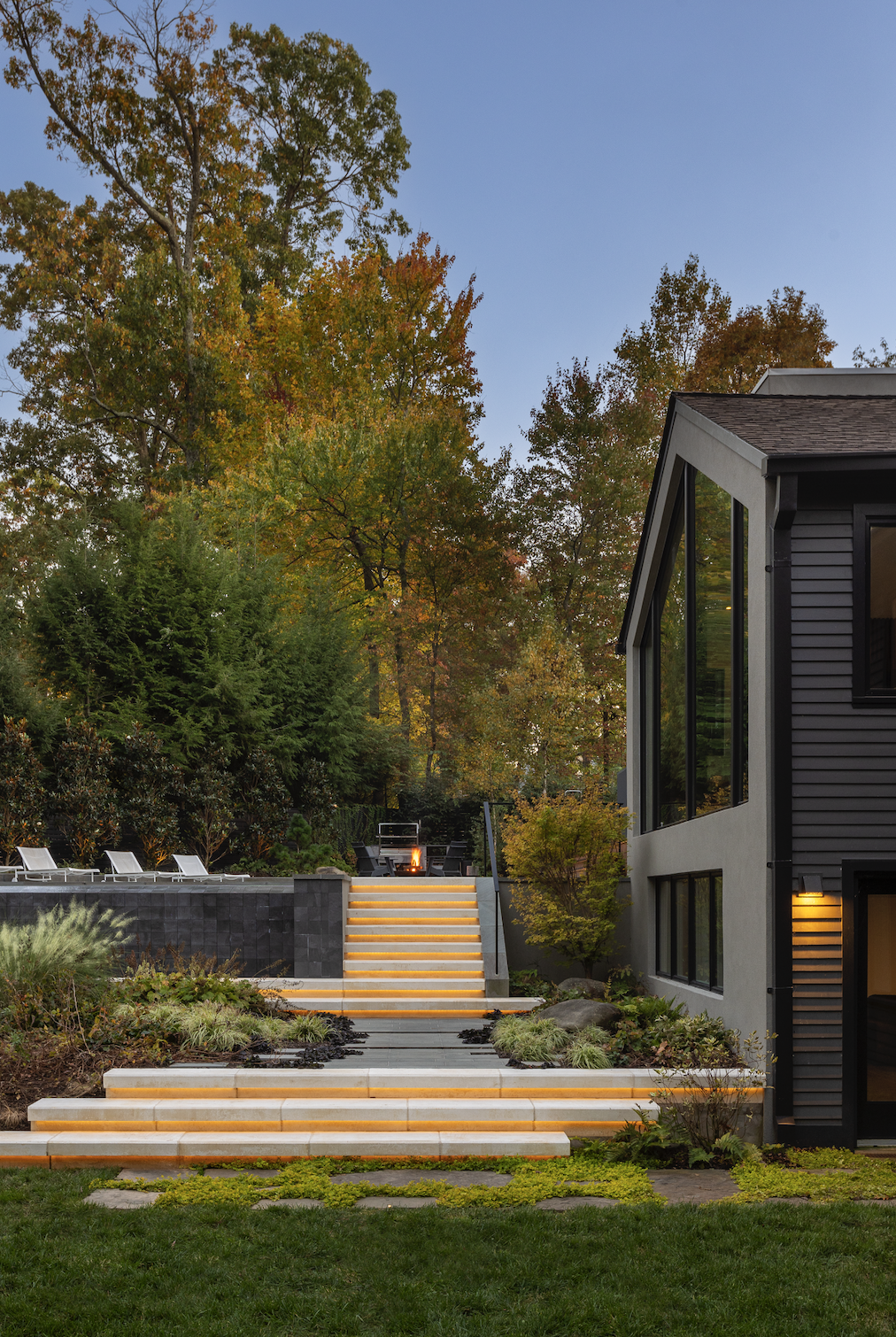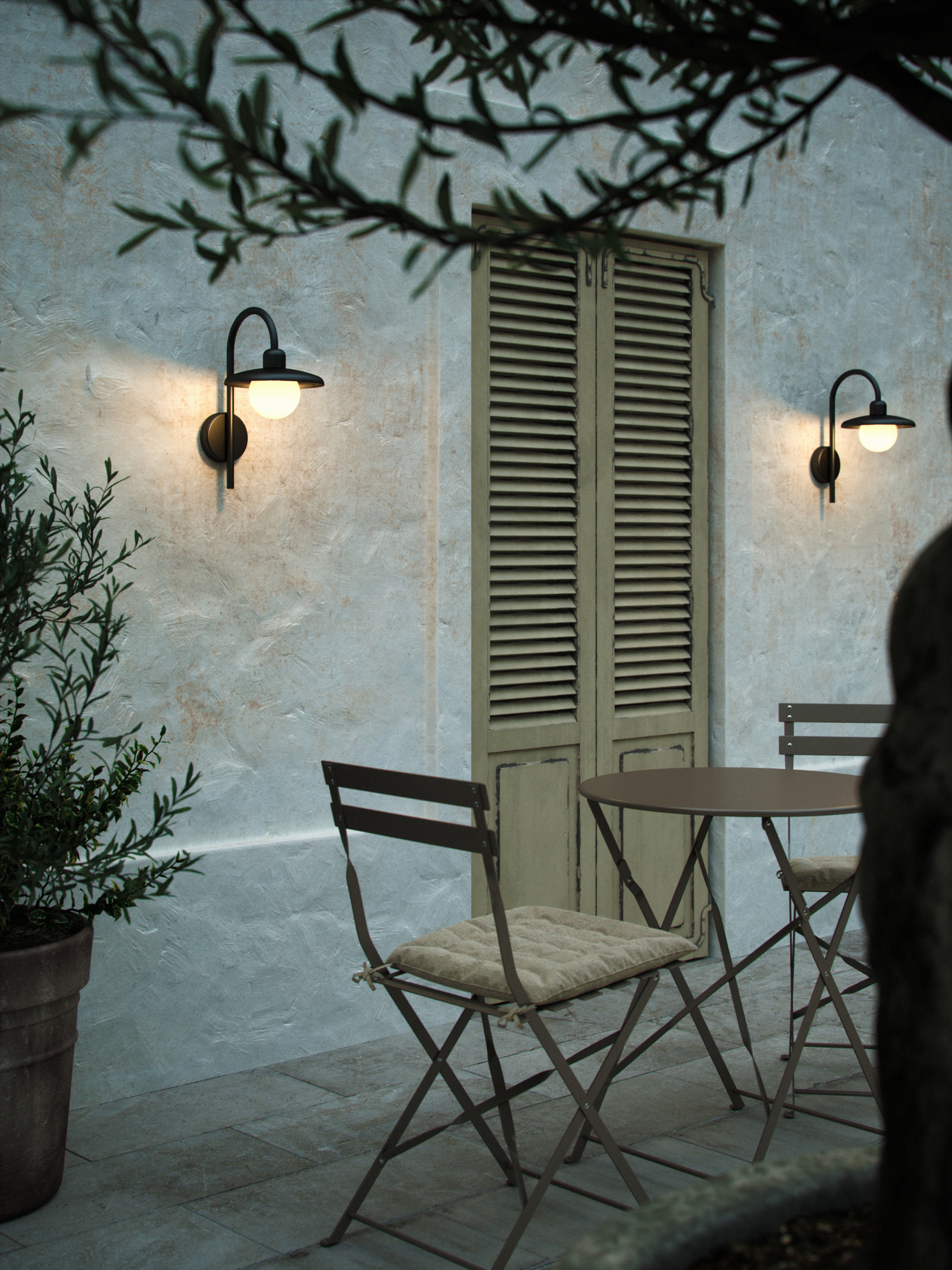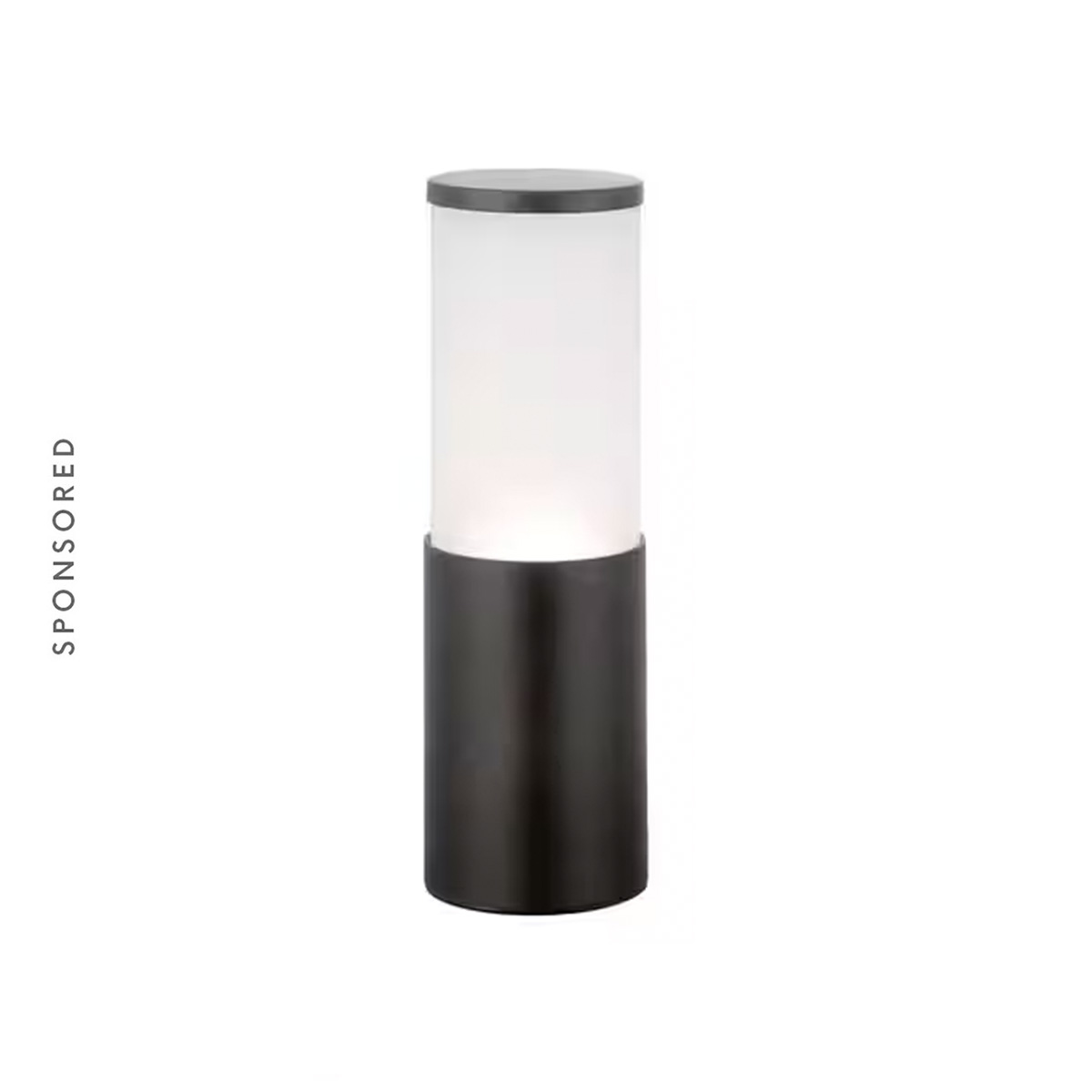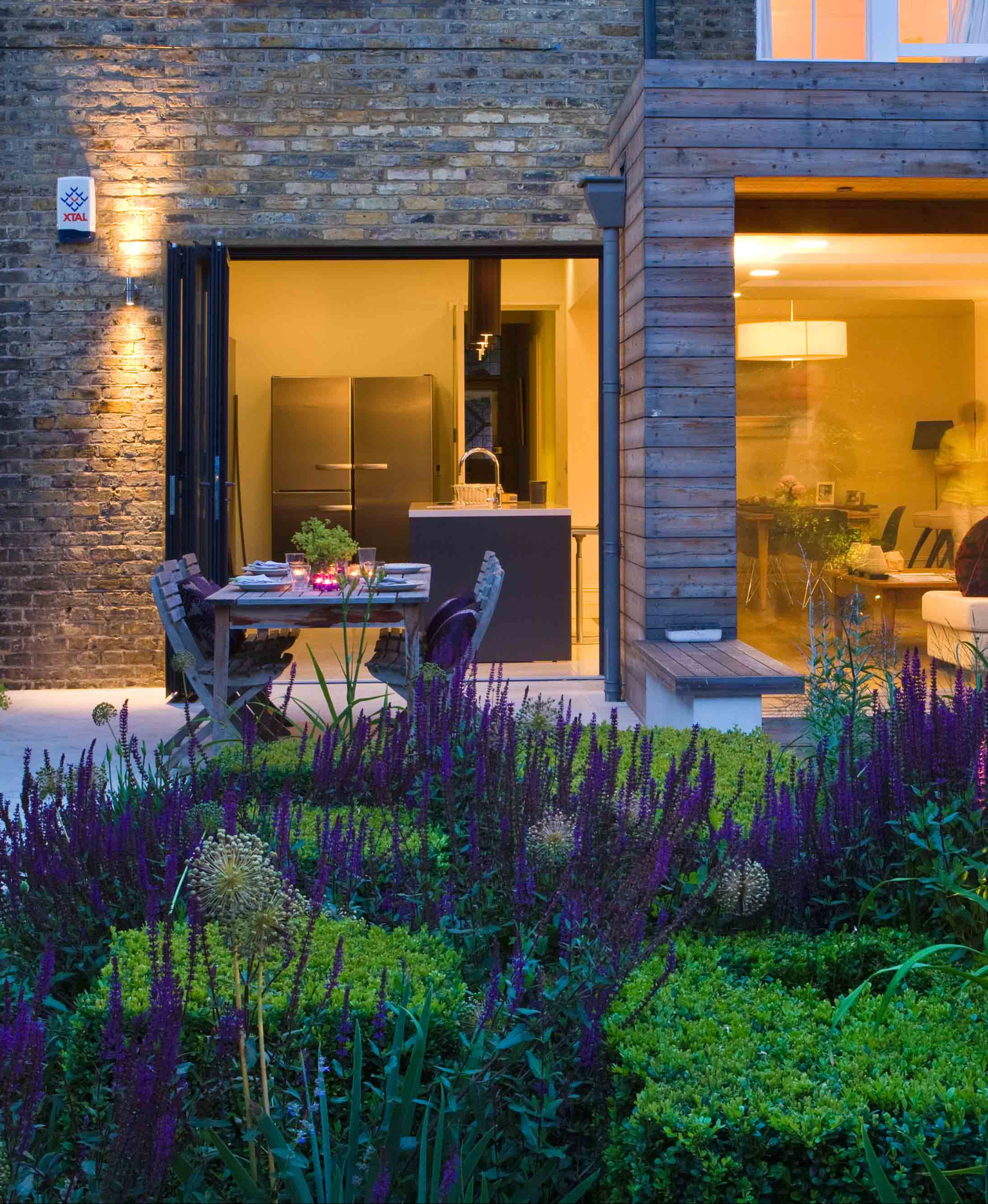Turning Your Landscape Lighting Smart Is the Biggest Gamechanger for Entertaining Season — Here's What You'll Need to Do It
Hosting friends and family outdoors is one of the many joys of summertime. Transform your garden space with smart lighting thanks to this practical advice


Lighting is one of the key elements for all gardens. Not just for security reasons, but for creating a pleasant ambience when you’re entertaining loved ones. If your idea of a perfect night out is in fact a cosy night in, then spending a balmy summer evening in your own garden, surrounded by your favorite people, is likely going to be one of your treasured pastimes.
But, in order to be a top-tier host it’s important to get your garden lighting spot on. If you’ve realised that a length of battery-powered festoon lights isn’t quite cutting it and you want to amp up your lighting game, then it’s time to turn your landscape lighting smart. We spoke to the experts who gave us their advice on where to start and what you’ll need to design your dream garden lighting system.
What you’ll need to set up outdoor smart lighting

Smart lighting comes in all shapes and sizes.
The practicalities of setting up smart lighting outdoors from scratch can be quite technical and complex but Jordan Claugh, associate principal of Richardson & Associates Landscape Architecture has outlined the basics that will need to be carried out by a professional.
“A basic low-voltage landscape lighting system starts with a plug in transformer. This is a shoe-box sized metal box that plugs into an outdoor outlet and converts 120V (line voltage) to 12V (low voltage). This typically mounts to an exterior wall in an inconspicuous place, like with your other utilities. For simple settings, you can install a timer inside the transformer box. For more customized options, outlets connected and controlled by your home automation system (Crestron, Lutron, Google Home) can also be used for dimming and timing the various lighting zones.”
“Some light fixtures have control options as well, especially when it comes to color-changing LEDs. These can typically connect directly to the home automation systems for individual control. Also note, some LED fixtures are dimmable, and some are not – it’s important to check the manufacturer's specifications.”

Jordan is a designer with over a decade in the field. His keen artistic bent, knowledge of native plant ecology, and life-long concern for the environment are evident in all his designs. At R&A, Jordan focuses on creating customized, functional outdoor experiences for his clients via detailed execution and a deep understanding of construction.
What different types of outdoor lighting can be smart?

Sconces, pathway lights, even string lights can be smart.
Most forms of lighting that you’d want to incorporate into your outdoor space can be smart. This includes LED wall lights, strip lights, flood lights and string lights. You may be thinking, can my existing lighting be made smart? Well, Marven Beyersdorf, product manager at Paulmann has some answers.
“If your outdoor lamp has a removable light source, you can insert smart light bulbs into it and control them via smart hubs just like other lights, thanks to Zigbee interface. However, it is important to ensure that the correct socket is selected for the light source and that the luminaire has the appropriate IP protection for outdoor use. The light sources themselves do not have outdoor IP protection, which is why the light source must be appropriately protected against external influences”, explains Marven.
The Livingetc newsletters are your inside source for what’s shaping interiors now - and what’s next. Discover trend forecasts, smart style ideas, and curated shopping inspiration that brings design to life. Subscribe today and stay ahead of the curve.

The LED integrated low voltage bollard path lights are perfect for brightening up your landscape, pathways and driveways. The smart controls allow for customizable levels of ambient lighting while the waterproof construction ensures durability.

As a Product Manager at Paulmann, Marven drives the development of cutting edge smart home and smart lighting solutions. With over 40 years of heritage, Paulmann is committed to continuous innovation, and Marven plays a key role in shaping the brand’s future focused offerings.
Can smart outdoor plugs be used?

A smart outdoor plug will plug into an outdoor electrical outlet. It essentially allows you to control whatever lighting that’s plugged into it with a smartphone app or through voice commands. This is a massive help when it comes to entertaining because you might be busy inside preparing food and drinks, but you can still easily control your outdoor lighting through your phone at a touch of a screen.
“I would recommend Paulmann’s Plug & Shine – a popular outdoor lighting system designed for flexibility, safety, and ease of installation. Plug & Shine is ideal for gardens, patios, pathways, and other outdoor spaces. It is easy to install – just connect the lights, cables, and transformer, then plug it in. What’s better is that no electrician is needed," says Marven.
Do you need a smart hub for outdoor lighting?

Some systems require a smart hub for remote control.
Smart hubs are one central device that all of your outdoor smart lighting and gadgets can connect to and be controlled by. “You need a smart hub to control your smart system. Simplicity of control is paramount. All products that have a Zigbee interface can be controlled via a smart hub, this avoids having to install multiple apps and allows you to control everything in one place,” says Marven.
There’s no doubt that setting up a fully cohesive smart outdoor lighting system will require a qualified professional to help you. However, thanks to technology, the adaptability of your current garden lighting is a gamechanger. Smart lighting will allow you to create a bespoke atmosphere that’s tailored to your specific style of entertaining – bring on those summer parties!

Becca Cullum-Green is a freelance interiors content creator and stylist. She fell in love with interiors when she landed her first job as an editorial assistant at a leading UK homes magazine fresh out of university. You can find her renovating her 19th-century cottage in the Suffolk countryside, consciously trying not to paint every wall with Farrow and Ball’s ‘Pitch Black’. Her signature style is a mix of modern design with traditional characteristics. She has previously worked for House Beautiful, Grand Designs, Good Housekeeping, Red, Good Homes and more.